If you’ve visted Cartwright Hall Art Gallery recently, you will have seen the wonderful exhibition: Gateway to India. The exhibition was co-ordinated by film-maker and community historian Tim Smith, he also agreed to write a blog post for us linked to the exhibition.
He writes:
The story of India’s Gateway started for me in 1982 when I lived in Dolphin Street, in Newport, South Wales. I moved there because the rent was cheap, and I’d enrolled to study Documentary Photography at the local art college. I was excited by the possibilities that the course offered, but unimpressed with my new surroundings next to the muddy River Usk. Overlooked by a large Victorian primary school Dolphin Street’s most notable features were the pub that sat on the corner with the main drag down to the nearby docks, and a café catering to Asian and Arab sailors next door.
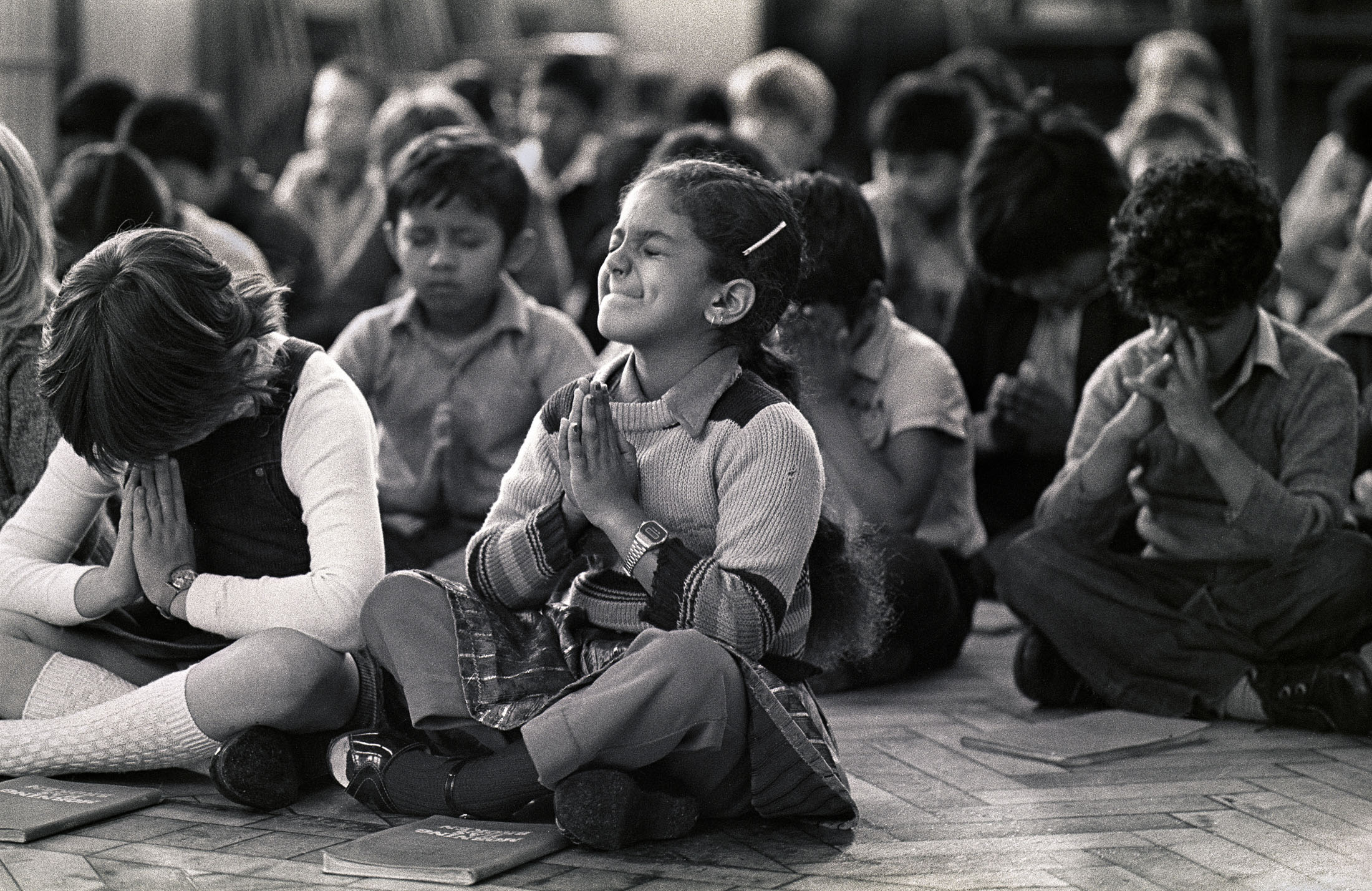
It was the best move I ever made. The dockland area was full of rows of outwardly nondescript streets similar to mine, but home to people with extraordinary life stories that connected Newport to the rest of the world. Local coal had once fuelled ships ferrying cargo all over the globe, with crews hired in Kingston and Karachi, Aden and Bombay. Once docked in Newport many sailors had to find a new ship to work on, and between voyages they stayed in boarding houses, such as the rooms above the café. Some also found jobs ashore, and were later joined by their families. My neighbours in Dolphin Street included families from Yemen, the Caribbean, India, Pakistan, Bangladesh, Mauritius and China, as well as the Welsh, Scots and Irish.
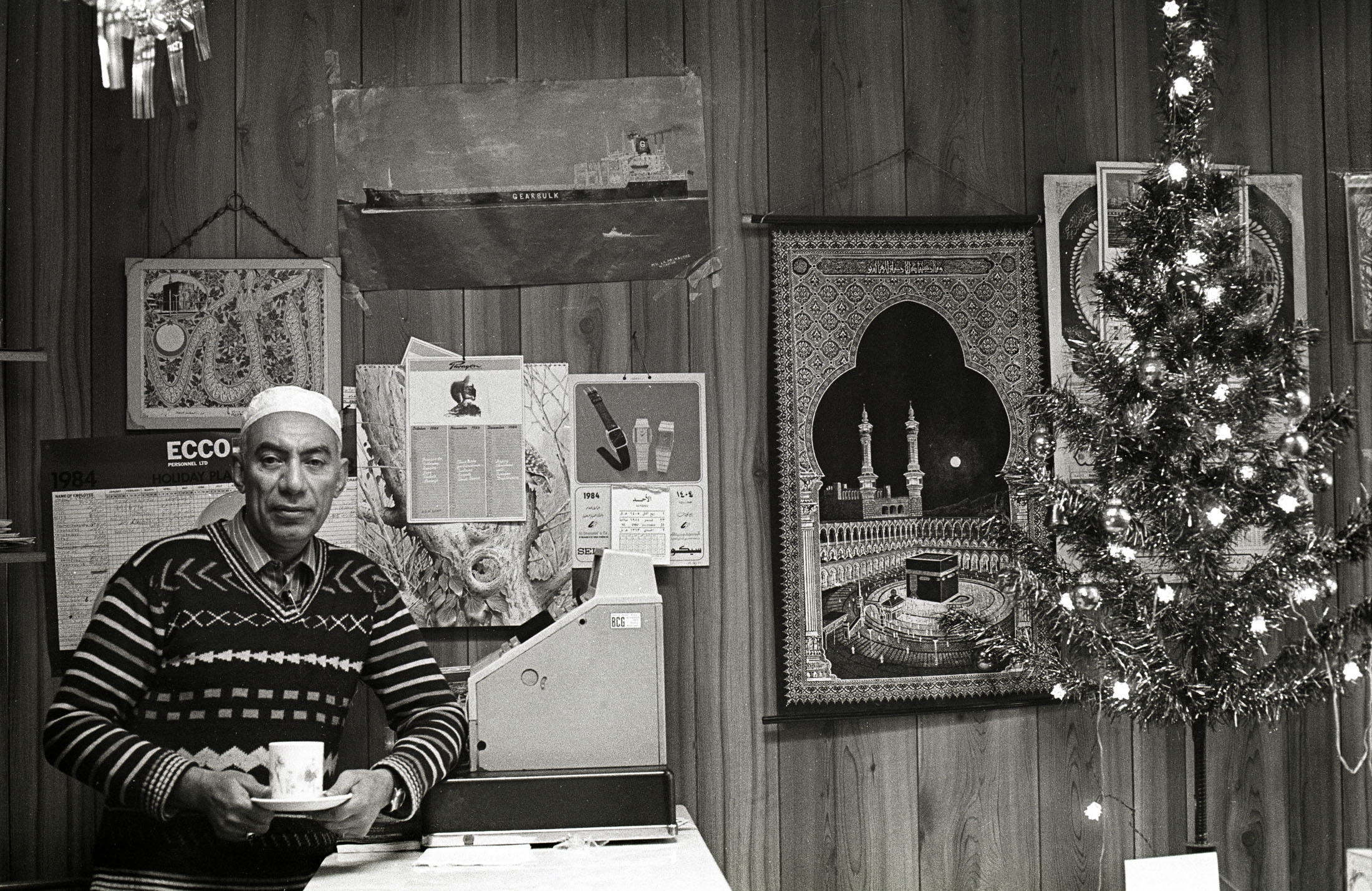
College taught me that good photography is often about good access. I started taking photos in the school, the pub and the café, and I discovered that free prints acted as a backstage pass to people’s everyday lives. I was invited to weddings, birthdays and BBQs. Getting access to the ordinary offered the most extraordinary opportunities for me in my early attempts to make interesting photographs.
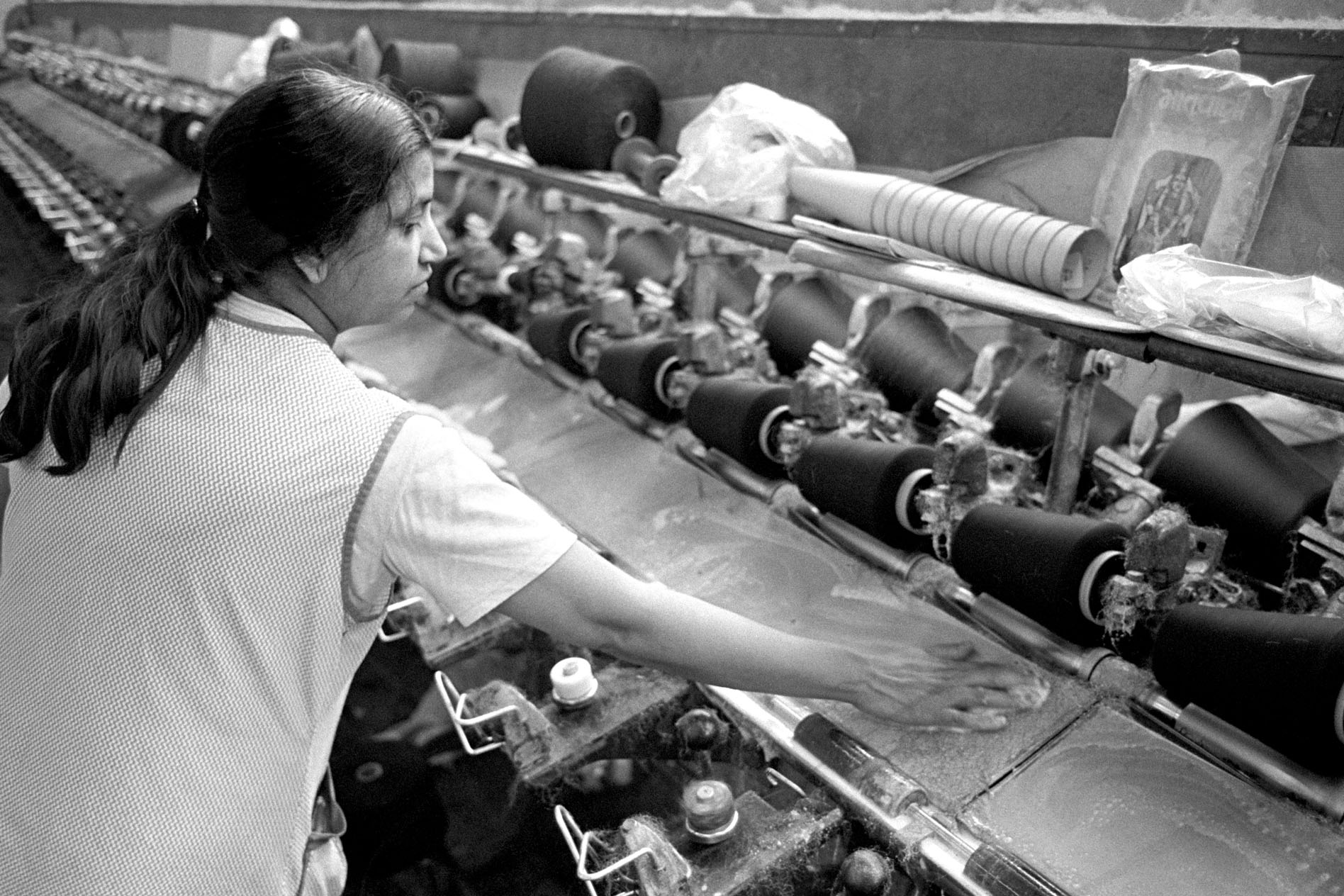
I left in 1984 with a set of pictures shot on Dolphin Street that formed my first ever exhibition. This portfolio also landed me a job working for the Bradford Heritage Recording Unit which used photography and oral history to produce exhibitions and publications that reflected the lives of local people. Bradford was once the wool textiles capital of the world and many of the communities who’d come to the city from overseas, such as those from the Asian sub-continent, were familiar to me from my days in Newport. Others, such as the Poles, the Ukrainians and the Italians, presented a new set of stories to be told.
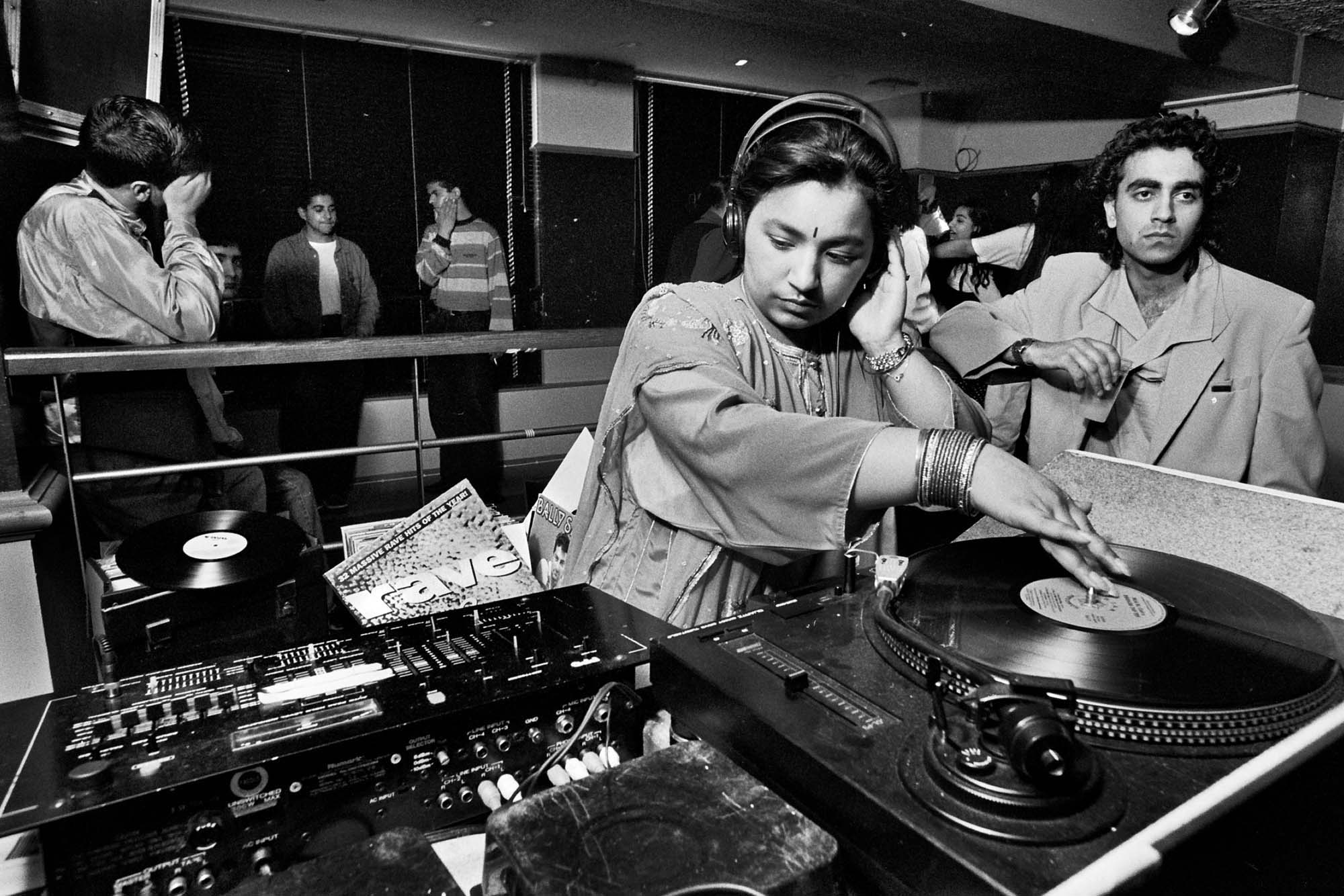
Over thirty years later I’m still based in Bradford, and exploring stories of migration remains a recurring theme for me. I’m fascinated by individual life stories that often depend on chance and circumstance, but are also shaped by the broad sweep of world affairs. The international networks created via trade and the British Empire, the Second World War, the Partition of British India and the break-up of the Soviet Union are a few examples of global events that have had a profound effect on Bradford’s cosmopolitan communities, and on modern-day Britain.
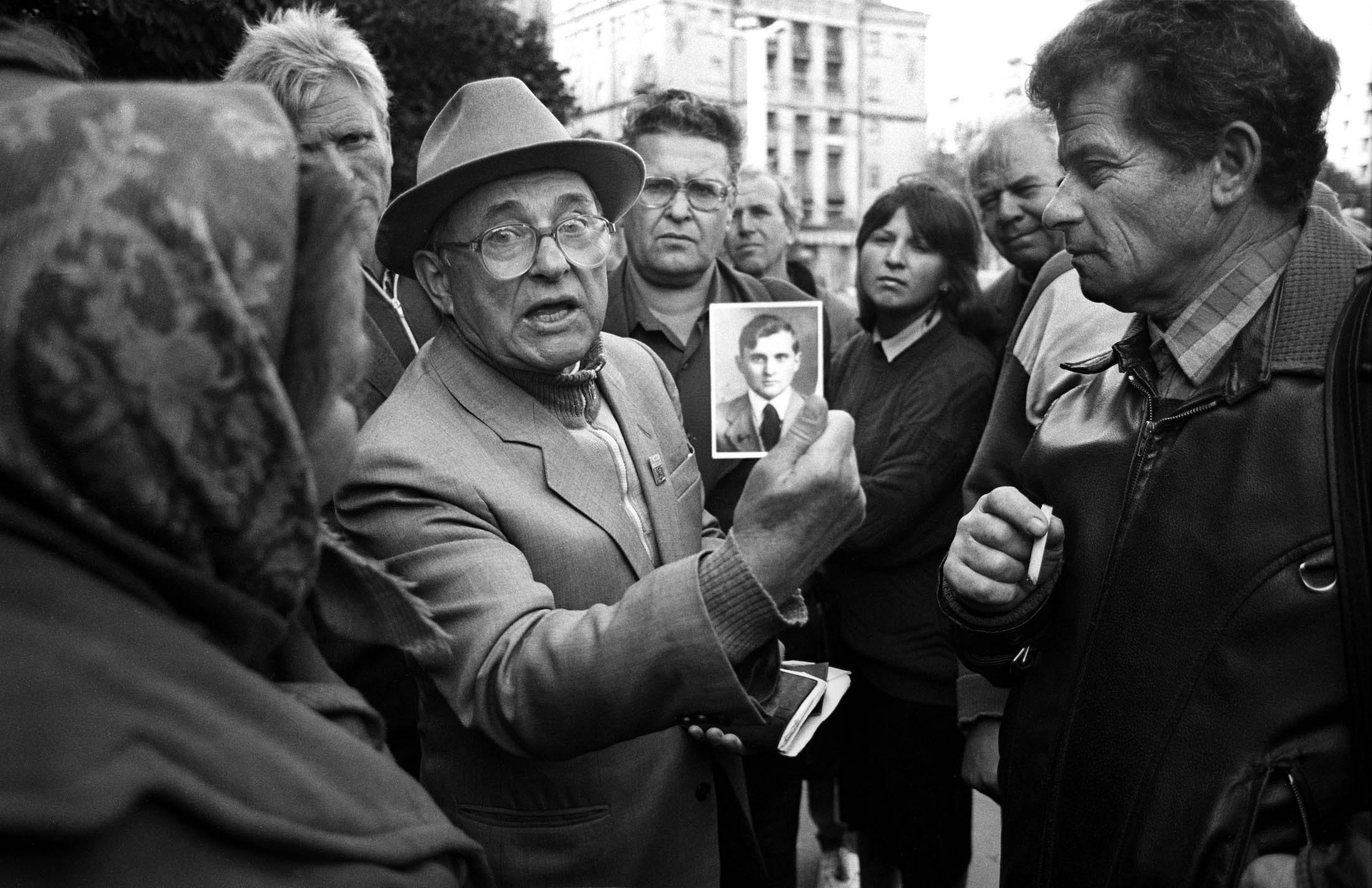
The ambition of much of my work is to weave together the historical narrative with personal stories, whilst exploring connections between Britain and the rest of the world. Photography, oral history and film-making are great tools for this, and act as my passport. I’ve had the privilege of meeting many remarkable people who have shared their stories and those of their communities, both here and overseas. Conversations started in Britain have often been continued in eastern Europe; on islands across the Caribbean; in west Africa, east Africa, and in India, Pakistan and Yemen.
My most recent journey took me to Gujarat and Mumbai, (formerly known as Bombay,) an area from which around 50% of the British Indian community originate. The resulting exhibition and book, India’s Gateway, explores the history of Gujarat and Mumbai as age-old centres of global trade and migration, and focuses on the region’s remarkable relationship with Britain.

When sailing ships from London reached Gujarat in 1608, the region became the first point of contact between Britain and the Indian subcontinent. This was the start of an extraordinary relationship that endures to this day.
If you want to find out more please do visit the show at Cartwright Hall, or buy the book! If you want to hear some of the stories behind the photos please come one of my talks at Prashad , the local restaurant that serves some of the very best vegetarian Gujarati food and is the sponsor of India’s Gateway. Before you enjoy one their delicious meals I’ll be speaking about how the exhibition was the result of a personal journey, but one that was guided by the input of hundreds of different people. I hope to see you there!
The India’s Gateway book is published by Northern Arts Publications. It is available at a special price of £18 from Cartwright Hall or on-line at jeremymillspublishing.co.uk